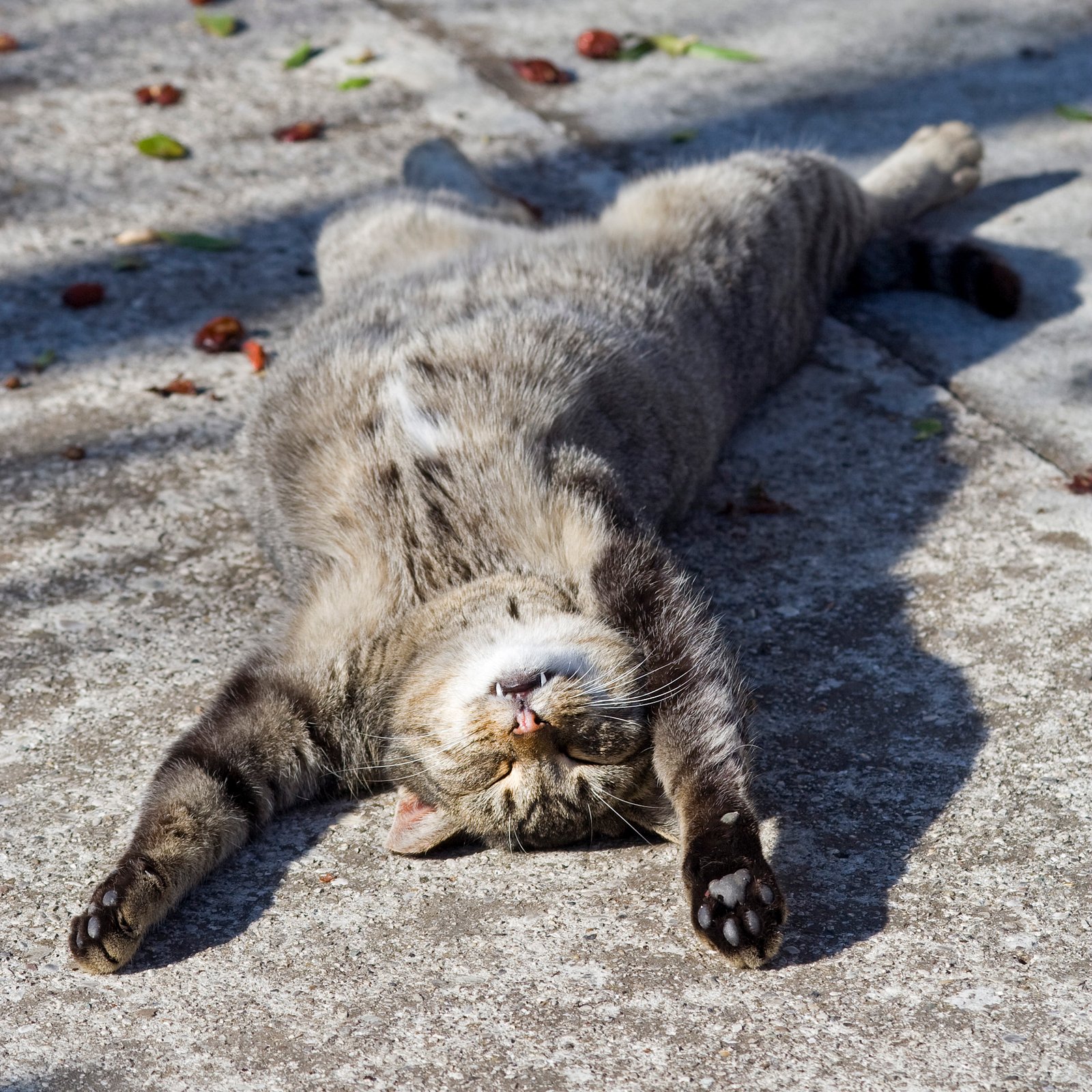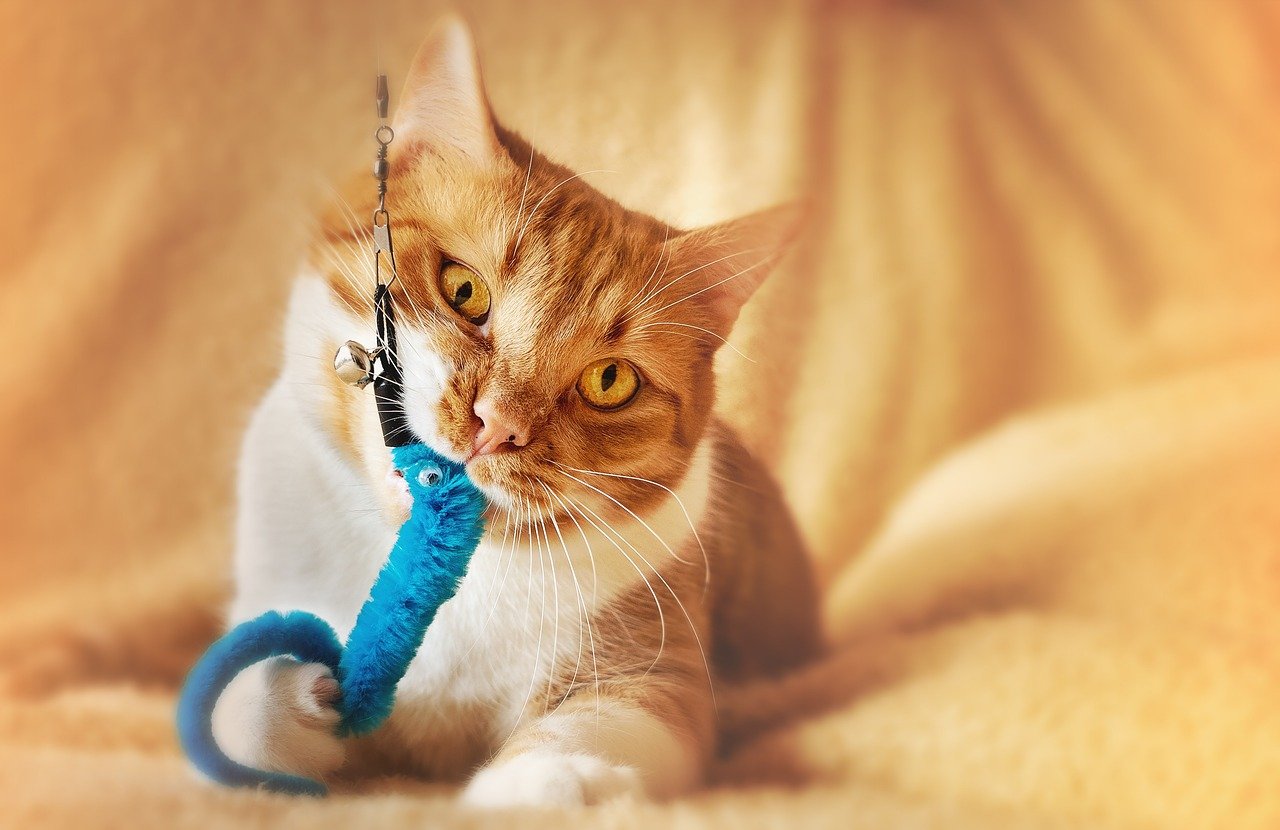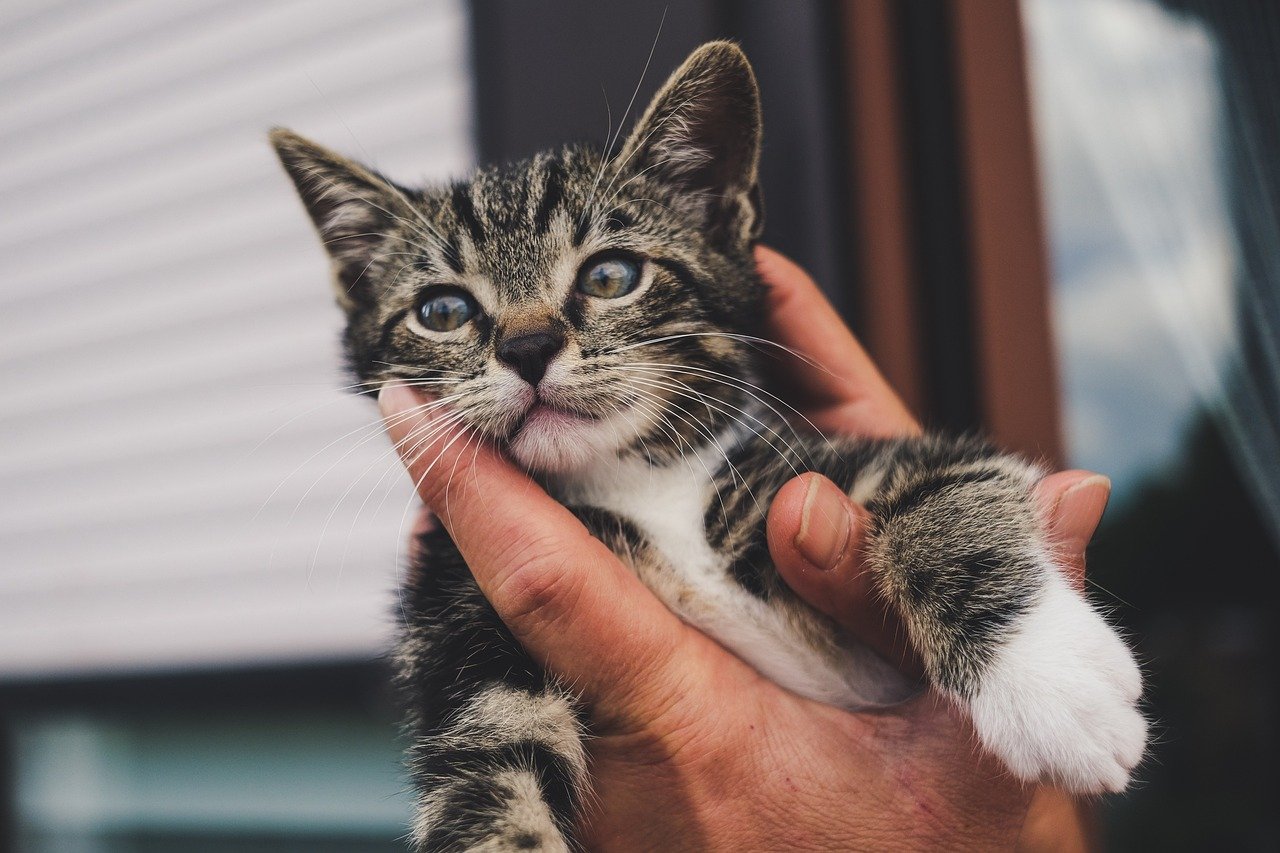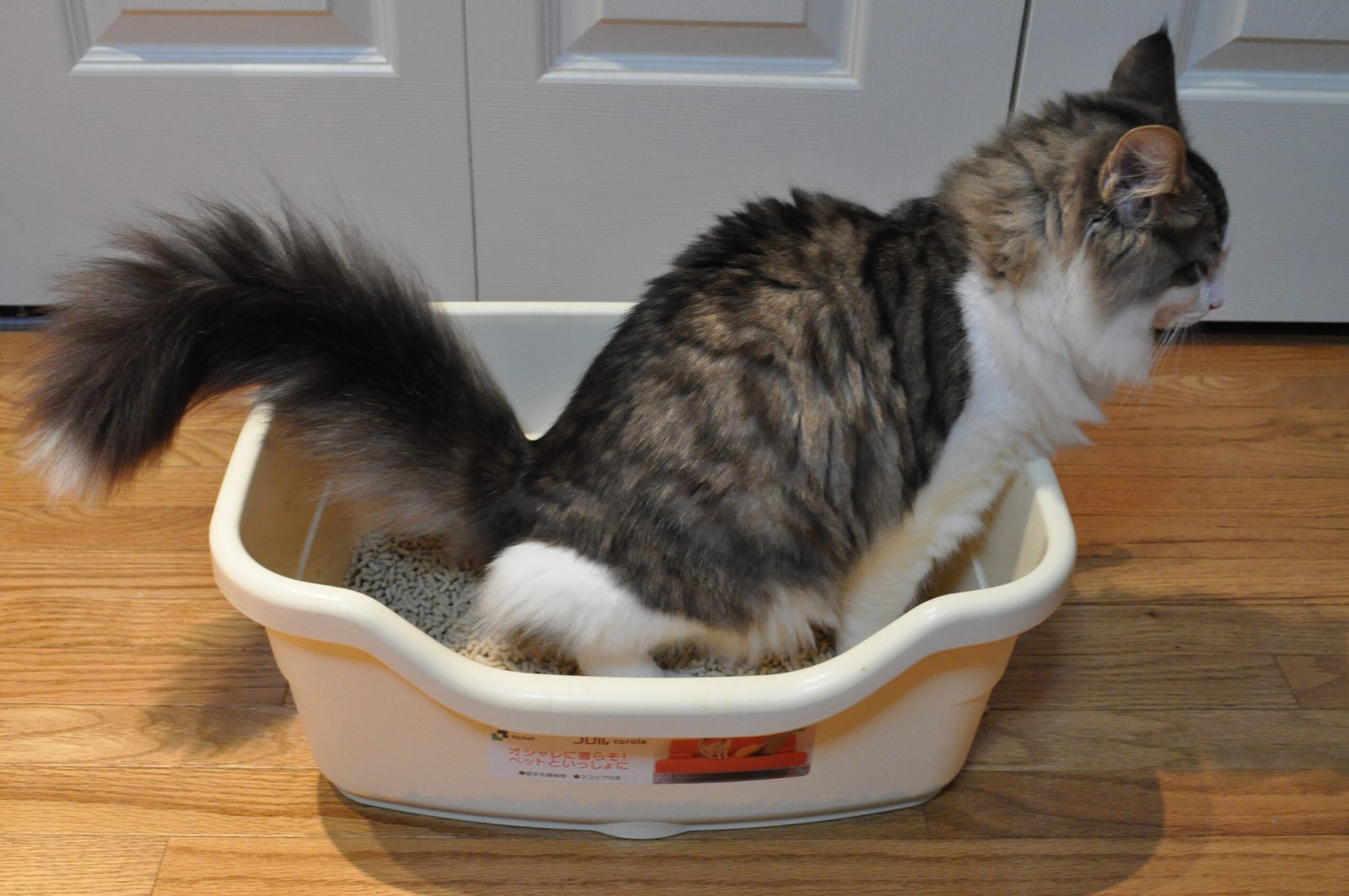Raising a cat can be a delightful journey filled with purrs, playfulness, and a sprinkling of mischief. However, just like any other pet, cats require understanding, patience, and a sprinkle of guidance to become well-mannered companions. Whether you’re a first-time cat owner or a seasoned feline enthusiast, these tips and tricks will help you navigate the world of cat parenting. Let’s dive into the essentials of ensuring that your cat is not only a beloved pet but also a well-behaved member of your family.
1. Understand Your Cat’s Nature
Cats are fascinating creatures with unique personalities and instincts. To raise a well-behaved cat, it’s essential to understand their nature. Cats are independent yet social animals. They enjoy their space but also seek companionship. Observing your cat’s behavior will help you identify their likes and dislikes. For instance, some cats love to be held, while others prefer a gentle pat. Understanding these nuances can improve your relationship and help in training them effectively. Remember, a cat is not a small dog; their behavior and needs differ significantly.
2. Establish a Routine
Just like humans, cats thrive on routine. Establishing a consistent schedule for feeding, playtime, and sleep can help in managing your cat’s behavior. Cats are creatures of habit and find comfort in predictability. Feeding them at the same time daily can prevent behavioral issues like meowing for food at odd hours. Similarly, setting aside time for play can channel their energy positively. Consistent routines provide a sense of security to your cat, making them more relaxed and well-behaved.
3. Use Positive Reinforcement

Cats respond well to positive reinforcement. Rewarding your cat for good behavior with treats, praise, or affection encourages them to repeat those actions. For example, if your cat uses the litter box correctly, offering a treat can reinforce this behavior. Avoid punishing your cat for mistakes; instead, focus on rewarding the positive. This method not only builds trust but also strengthens the bond between you and your feline friend. Remember, kindness and patience go a long way in training a cat.
4. Provide Enrichment Activities

A bored cat is often a mischievous cat. Providing enrichment activities can keep your feline entertained and prevent unwanted behaviors. Toys, scratching posts, and interactive games can stimulate your cat’s mind and body. Puzzle feeders can also be a fun way to engage them during mealtime. These activities mimic natural behaviors like hunting and climbing, keeping your cat mentally and physically active. A well-stimulated cat is less likely to scratch furniture or engage in other undesirable actions.
5. Socialize Your Cat Early

Socialization plays a crucial role in raising a well-behaved cat. Exposing your kitten to various environments, people, and other animals can help them grow into a confident and friendly adult cat. If you adopt an older cat, patience and gradual exposure to new experiences can still yield positive results. Socialization reduces anxiety and fear in cats, making them more adaptable to changes. A well-socialized cat is less likely to exhibit aggressive or anxious behaviors.
6. Create a Safe Environment
Creating a safe environment for your cat is vital for their well-being. Ensure that your home is cat-proofed, with no access to harmful substances or dangerous areas. Providing safe spaces like cat trees, cozy beds, and hiding spots can help your cat feel secure. Safety also involves regular veterinary check-ups to keep your cat healthy. A healthy cat is a happy cat, and a happy cat is often a well-behaved one. Always prioritize your cat’s safety and comfort.
7. Train with Patience

Training a cat requires patience and consistency. Unlike dogs, cats may not respond immediately to commands. Start with simple tasks like using the litter box or coming when called. Use a calm voice and gentle gestures to guide them. If your cat doesn’t respond, avoid showing frustration. Instead, try again later. Patience is key in cat training, and over time, your feline friend will learn to follow your guidance. Celebrate small victories and progress to more complex tasks gradually.
8. Address Behavioral Issues Promptly

Behavioral issues in cats can arise due to various reasons such as stress, illness, or boredom. Addressing these issues promptly can prevent them from becoming ingrained habits. If your cat suddenly exhibits undesirable behavior like excessive scratching or aggression, observe any changes in their environment or health. Consulting a veterinarian or a cat behaviorist can also provide insights into resolving these issues. Early intervention ensures that your cat remains a well-behaved companion.
9. Keep the Litter Box Clean

A clean litter box is crucial for maintaining your cat’s hygiene and behavior. Cats are naturally clean animals and may avoid using a dirty litter box. Regular cleaning prevents litter box aversion and reduces the risk of accidents around the house. Ensure that the litter box is placed in a quiet and accessible location. Providing multiple litter boxes in a multi-cat household can also prevent territorial issues. A clean litter box contributes significantly to your cat’s well-being and behavior.
10. Be Attentive to Your Cat’s Needs

Being attentive to your cat’s needs is the cornerstone of raising a well-behaved cat. Pay attention to their body language, vocalizations, and habits. These cues can provide insights into their mood and needs. If your cat seems distressed or unwell, addressing their concerns promptly can prevent behavioral issues. Regular interaction, grooming, and playtime also strengthen your bond. A cat that feels loved and understood is more likely to be well-behaved and content.
11. Avoid Yelling or Physical Punishment
Yelling or using physical punishment is counterproductive in cat training. These actions can lead to fear and mistrust, damaging your relationship with your cat. Cats do not understand punishment in the same way humans do. Instead of correcting behavior, punishment can result in anxiety and aggression. Focus on positive reinforcement and understanding the root cause of the behavior. A gentle approach fosters a trusting and loving relationship with your feline companion.
12. Do Not Force Interaction
Forcing interaction with your cat can lead to stress and behavioral issues. Respect your cat’s space and allow them to approach you on their terms. Some cats may be more aloof, while others are naturally affectionate. Forcing cuddles or playtime can make your cat wary and anxious. Encourage interaction through play or treats, but always let your cat decide the level of engagement. A relaxed and comfortable cat is more likely to be well-behaved and trusting.
13. Avoid Overfeeding

Overfeeding can lead to obesity and related health issues in cats. A healthy diet is crucial for your cat’s physical and behavioral well-being. Consult your veterinarian for dietary recommendations and portion sizes. Avoid giving too many treats or human food, as this can disrupt their nutrition. A well-fed cat with a balanced diet is healthier, happier, and more likely to be well-behaved. Remember, food is not just a reward but a necessity for your cat’s health.
14. Don’t Ignore Health Issues

Ignoring health issues can have a significant impact on your cat’s behavior. Cats often hide signs of illness, so regular veterinary check-ups are essential. If your cat suddenly changes its behavior, it could be a sign of a health problem. Addressing health issues promptly ensures your cat remains healthy and well-behaved. A healthy cat is less likely to exhibit stress-related behaviors, making them a joy to have around.
15. Avoid Neglecting Mental Stimulation
Mental stimulation is as important as physical exercise for your cat. Neglecting it can lead to boredom and behavioral issues. Engage your cat with toys, puzzles, and interactive activities that challenge their mind. Rotate toys to keep their interest alive. Training sessions can also be mentally stimulating and strengthen your bond. A mentally stimulated cat is more content, less prone to mischief, and exhibits well-rounded behavior.
In conclusion, raising a well-behaved cat involves understanding, patience, and a touch of creativity. By following these tips and avoiding common pitfalls, you can nurture a loving and harmonious relationship with your feline friend. Each cat is unique, and with the right approach, they can become a cherished and well-mannered member of your family.
Jen is a passionate nature lover and ocean conservationist. She has dedicated her life to protecting the environment and preserving the beauty of the natural world. Growing up in a small coastal town, Jen sincerely appreciated the ocean and its inhabitants. She has spent countless hours exploring the shoreline, learning about the creatures that inhabit the waters, and advocating for their protection. Jen is an active member of ocean conservation organizations, and she is committed to educating the public about the importance of conserving wildlife and the natural environment.





